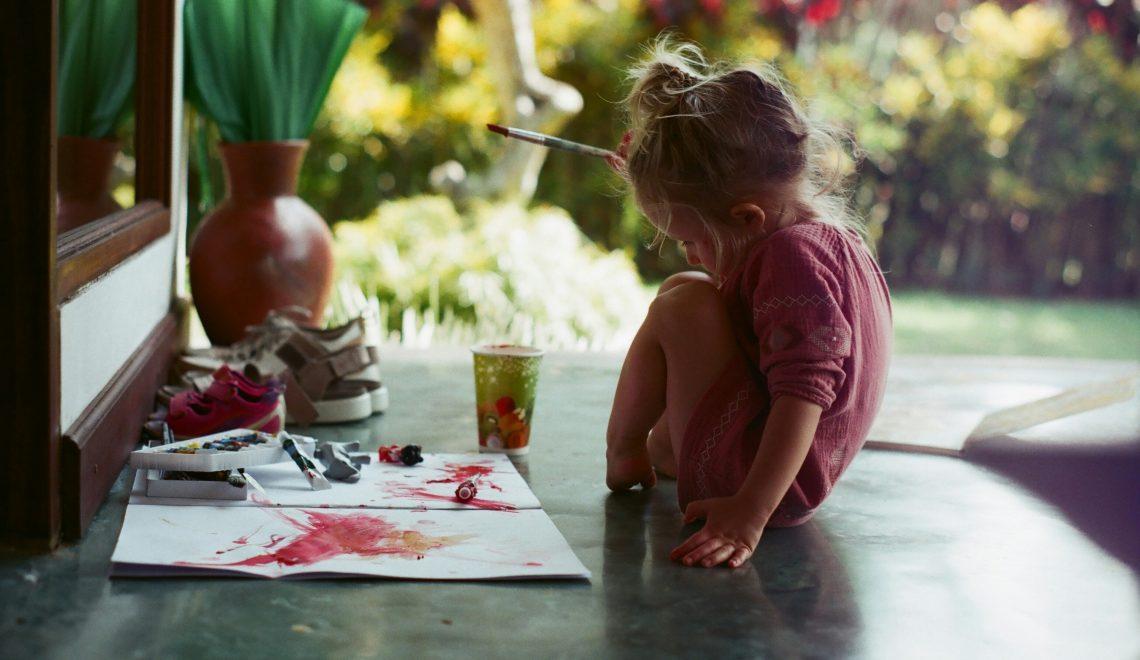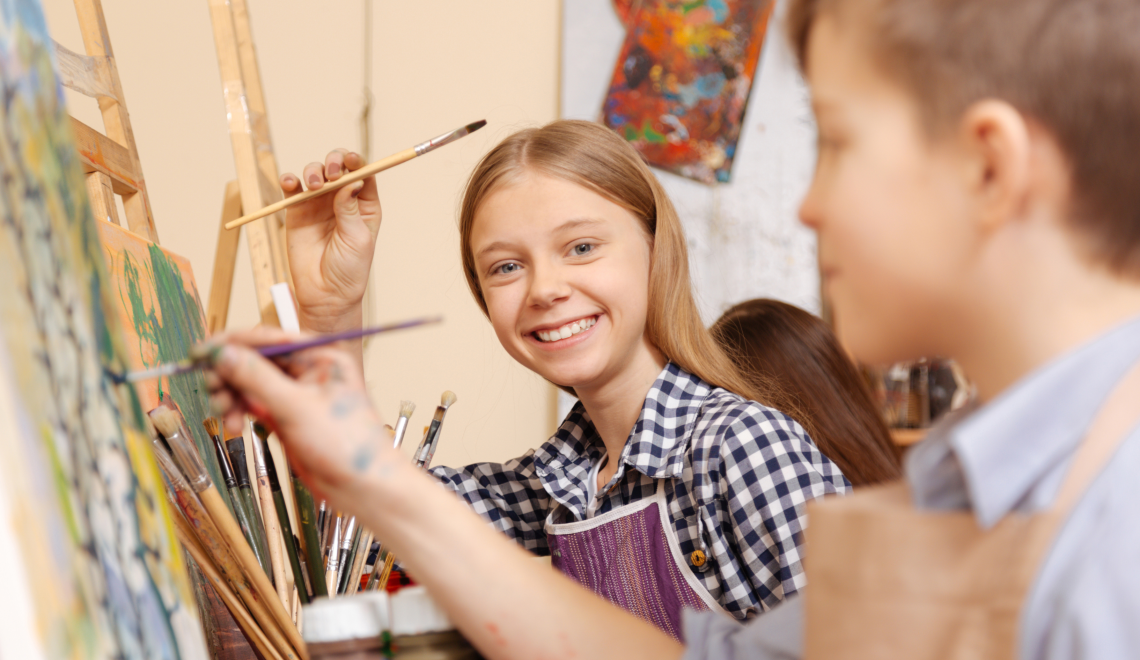
The Magic of Making: Why Arts and Crafts?
Arts and crafts encourage a multitude of developmental benefits that extend far beyond the kitchen table covered in glitter and glue! These activities foster an environment of creativity and self-expression that children crave and thrive in.
Moreover, the freedom to create and experiment with different materials allows children to learn problem-solving skills. They might not realize it, but choosing which materials to use and figuring out how to make a piece of art can enhance their decision-making and critical thinking skills!
Crafting Confidence and Connection
One of the most significant benefits of participating in arts and crafts is the opportunity for quality bonding time. These activities require teamwork, communication, and patience, all of which strengthen the parent-child relationship. As children look to their parents for guidance and approval, parents have a unique opportunity to provide support and encouragement. This nurturing environment is crucial for children’s emotional development and self-esteem.
Furthermore, for busy parents, especially those who might be students themselves or professionals possibly looking into an WritePaper for their academic needs, finding time to connect with their children creatively can be a refreshing break from their daily routines. It’s a win-win situation where every moment spent together becomes a cherished memory, reinforcing the familial bond!
Nurturing Creativity and Educational Growth
Engaging in arts and crafts does more than keep children busy; it educates them. It introduces young minds to concepts of colors, shapes, and spatial relationships, laying the groundwork for mathematical skills. It also improves literacy as kids read instructions, follow patterns, or even label their artwork.
The sensory experiences involved in arts and crafts are particularly beneficial for young children, including toddlers and preschoolers. They get to explore different textures and materials, which is crucial for their sensory development.
Additionally, these activities can be incredibly therapeutic, reducing anxiety and boosting mental health through the expression of feelings and ideas.
Arts and Crafts: A Tool for Emotional and Social Learning
Crafting projects can also be a safe way for children to express their emotions. Art gives them a non-verbal mode of expression that is sometimes more comfortable than talking about their feelings, especially for younger children who may not yet have the vocabulary to express complex emotions.
Moreover, arts and crafts can promote social skills when children engage in group projects. They learn to share, negotiate, and cooperate as they work towards a common goal. This aspect of crafting with others is invaluable as it teaches essential social norms and etiquette.
Enhancing Communication Skills
Arts and crafts provide an excellent platform for children to communicate their ideas and feelings. As they articulate what they are creating, why they chose certain colors, or how they feel about their artwork, children improve their verbal communication skills.
For parents, this is a golden opportunity to listen and learn more about their child’s thoughts and preferences, enhancing mutual understanding!
Cultivating Patience and Perseverance
Craft projects can sometimes be intricate and require a significant amount of time to complete. This introduces children to the concepts of patience and delayed gratification. Working through challenges and waiting to see the final product helps develop perseverance, an essential skill in all areas of life.
Parents can encourage this by setting examples and collaborating on projects that take longer to complete, emphasizing that the best results often require time and effort.
Boosting Innovative Thinking
When children engage in arts and crafts, they are often faced with the challenge of how to turn their ideas into something tangible. This process stimulates innovative thinking as they experiment with different materials and techniques. It fosters an inventive mindset, which is crucial in any academic or professional field.
Encouraging children to think outside the box and come up with unique solutions not only enhances their creative abilities but also builds confidence in their problem-solving skills.
Promoting Cultural Awareness and Appreciation
Arts and crafts can also be a window to different cultures. Parents can introduce crafts that are specific to various cultural traditions around the world. This exposure helps children appreciate diversity and understand the significance of cultural heritage. It can lead to meaningful discussions about history, traditions, and the values that different cultures uphold.
Environmental Awareness Through Upcycling
Incorporating eco-friendly practices into arts and crafts can teach children about sustainability. Using recycled materials such as cardboard, fabric scraps, and plastic bottles can demonstrate the importance of reusing and recycling. This not only nurtures environmental consciousness but also encourages creativity as children think of ways to repurpose materials into art.
Personalized Learning and Flexibility
Every child is unique, and so is their learning style. Arts and crafts allow for personalized learning where activities can be tailored to suit a child’s specific interests and developmental stage. This flexibility means that crafts can evolve with the child, providing continuous learning opportunities that are just right for their level of skill and creativity.
Building Life-Long Skills and Memories
The skills learned through arts and crafts extend beyond childhood. The ability to think creatively, solve problems, communicate effectively, and manage projects are all applicable in adult life. Moreover, the memories created during these crafting sessions are invaluable. They help build a reservoir of happy moments that both children and parents cherish throughout their lives.
Integrating Technology
With the advancement of technology, integrating digital tools into arts and crafts can enhance the learning experience. From using apps that provide DIY crafting tutorials to digital platforms that allow children to design their projects, technology can be a beneficial tool. It not only makes the process more engaging but also helps children develop digital literacy skills.
Final Thoughts: Crafting a Stronger Bond
The benefits of arts and crafts extend far beyond creating a tangible end product. They lay a foundation for strong cognitive, social, and emotional skills in a nurturing and supportive environment.
For parents, these activities offer a peaceful yet powerful way to connect with their children, fostering a relationship built on understanding, support, and mutual respect!










